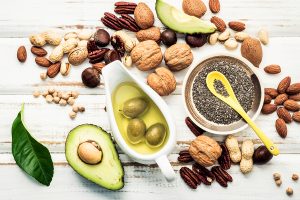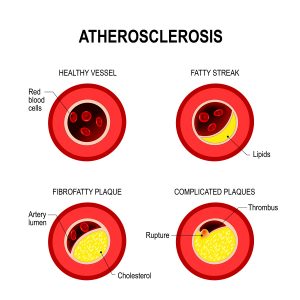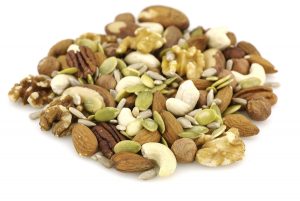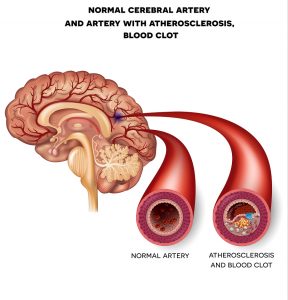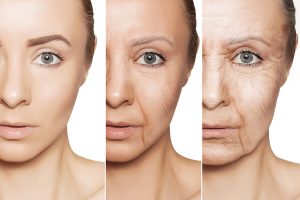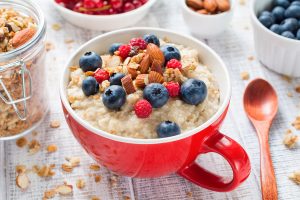A 25-year long study has shown that a moderate carb intake has the lowest mortality. A comprehensive study from the US has followed more than 15,000 men and women for 25 years. They were between 45-64 years when they entered the study and they were from diverse socioeconomic backgrounds. The authors chose mortality as an end point. Dr. Sara Seidelmann is a clinical and research fellow in cardiovascular medicine from Brigham and Women’s Hospital in Boston. She was the lead author of this study. The research group used food questionnaires and analyzed the carb content in the food. They also determined what percentage of the food composition was of animal origin or plant origin.
Research study finds moderate carb intake has the lowest mortality
The main findings of the study were that less than 40% of carbs in the diet led to an increased death rate with a mortality of between 1.4-fold and 1.8-fold. On the other hand, more than 70% of carbs in the diet also had increased mortality rates of 1.2-fold. The lowest mortality was in the group that consumed a diet where carbs were between 50% and 55%. Dr. Seidelmann explained that in terms of life expectancy the result of the study could be summarized as follows. A 50-year-old person had another 33 years to live when carb intake was in the moderate range. The low-carb person had only another 29 years to live (4 years less than the moderate carb person). The high-carb person lived another 32 years, 1 year less than the moderate carb person.
Plant-derived versus animal-derived fat and protein
The study showed that there was increased longevity when carbohydrates were exchanged for proteins and fats from plant sources. Mortality was 18% less for this group. Conversely, when carbs were replaced for animal-derived fat or protein mortality was 18% more!
Dr. Seidelmann noted that this study was coming from a US based population. In the case of an Asian group they would consume much more carbs on average, but they would replace a lot of the animal fat and protein with fish. Fish is a healthier source of protein and fat than beef or pork.
A moderate carb intake group that used protein and fat from animal sources was compared to plant sources. When protein and fat had the origin from lamb, beef, pork, and chicken the mortality over 25 years was higher. When protein and fat came from vegetables, such as nuts, peanut butter, seeds and whole-grain breads there was a lower mortality rate.
Other studies comparing the effect of animal protein versus plant protein
- A 2016 study that had gone on for 49 years was involving 131,342 participants. Animal protein intake showed an association with higher mortality from heart attacks and strokes. 3% of energy from processed red meat was now substituted by an equivalent amount of plant protein. This reduced the all-cause mortality by 34%, for unprocessed red meat by 12% and for egg by 19%.
- Red meat is cancer-producing. Several studies have shown this. When red meat is digested, cancer-causing substances are released that can be the cause of cancer in the lining of the stomach and the colon. The above link says we should limit red meat consumption to 65 grams (2oz.) per day or 2 servings (130 grams or 4 oz.) 3 to 4 times per week. We should avoid eating more than 455 grams (1 pound) of lean red meat per week.
Triglycerides are an independent risk factor for heart attacks
In this publication evidence is also present that triglycerides are an independent risk factor that can cause heart attacks.
When you eat too many carbs, the body produces the excess you don’t need into triglycerides, and it deposits its subsequently as fat in fatty tissue. Physical activity burns up some of the triglycerides. But when we eat too much refined sugar and starchy foods, there will be an excess of triglycerides putting our blood vessels and our hearts at risk.
Regular exercise prevents disease and premature deaths
Many studies have shown that regular exercise prevents heart attacks and premature deaths. We even know the mechanism of why this is so. Exercise releases nitric oxide ((NO) from our blood vessels, which widens the arteries. This also prevents high blood pressure. Exercise elevates the protective HDL cholesterol. When regular exercisers were compared to a non-active group they had a 41% lower risk of death. All-cause hospitalizations were down by 21% and cardiac hospitalizations were down 32%.
Discussion
- Barry Sears is the inventor of the Zone Diet. I attended a lecture in 2001 at an Anti-Aging Conference in San Diego. Dr. Sears was the keynote speaker at this conference. He stressed that a diet with 55% of complex carbs would be the best diet. It is interesting that Dr. Seidelmann in the study mentioned in beginning of this blog found the same thing. The lowest mortality was in the group that consumed a diet where carbs were between 50% and 55%.
- The second point that is important to note is that it matters whether we eat protein derived from animals or from plants. Even small steps help. When we reduce our animal protein intake by only 3% of the energy intake, and replace it by plant protein, there is a significant reduction in mortality.
- Exercise is rarely mentioned in relation to diets. But exercise needs to be included every day and you will experience a reduction of cardiac hospitalizations of 32% as mentioned above.
Conclusion
A moderate carb intake, as is the case in the Mediterranean diet and in the Zone Diet of Barry Sears, has the lowest mortality rate. Complex carbs (in vegetables) are absorbed much slower. As a result the risk for heart attacks is much lower. The opposite is true for refined carbs from sugar. They cause heart attacks and strokes with premature mortality. Dr. Sara Seidelmann led a study at the Brigham and Women’s Hospital in Boston that lasted 25 years. Less than 40% of carbs in the diet led to an increased death rate with a mortality of between 1.4-fold and 1.8-fold. These diets are paleo-type diets, the Atkins diet and the ketogenic diet. More than 70% of carbs in the diet also had increased mortality rates of 1.2-fold.
The healthiest diet
People who consumed a diet where carbs were between 50% and 55% had the lowest mortality rate (Zone Diet). Another finding of this study, which was confirmed by others is that animal-based protein is unhealthier than plant-based protein. Even replacing 3% of energy from an animal-based diet with plant-derived protein delayed mortality significantly.
If you want to live longer and stay healthy you need to critically evaluate what you eat.


